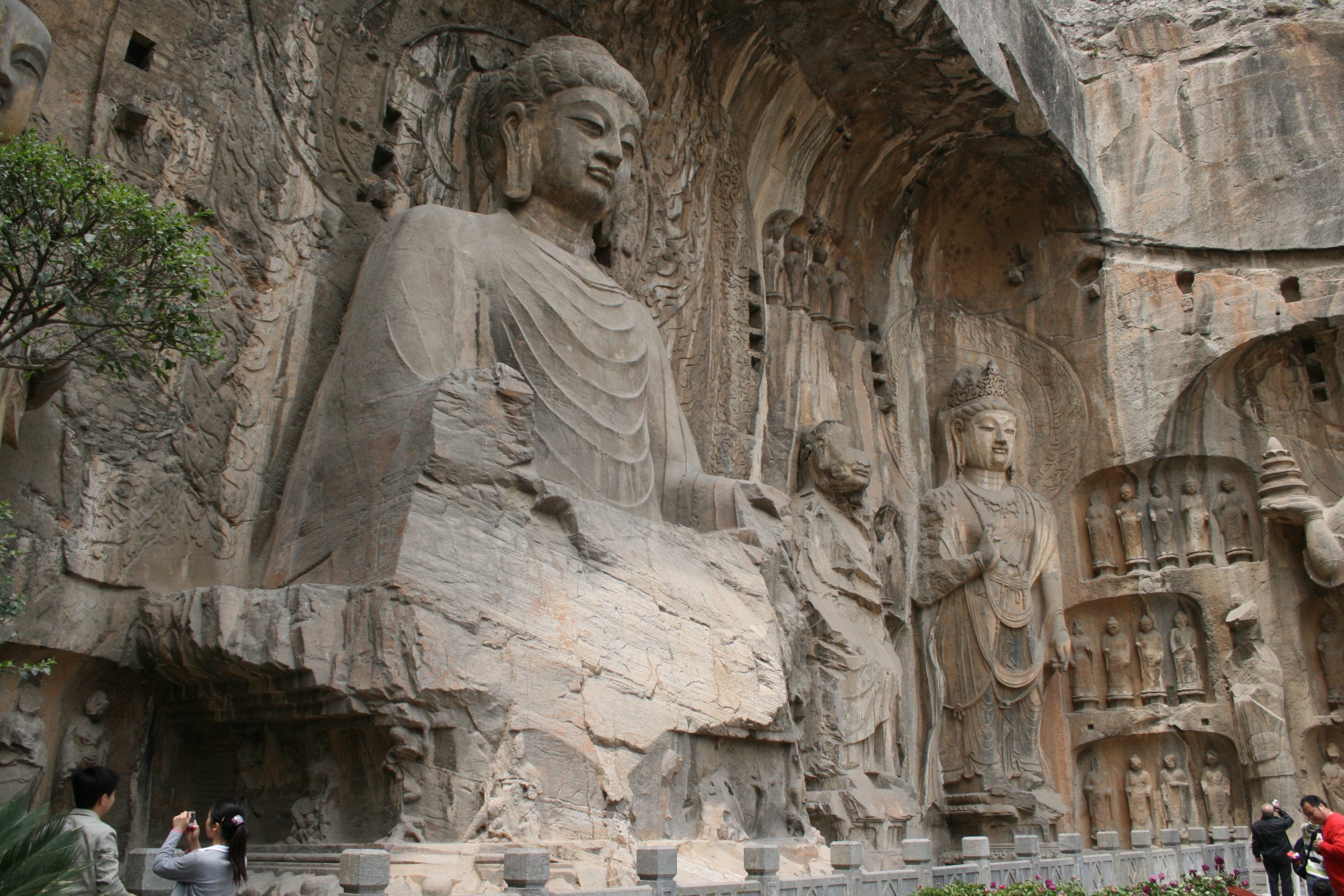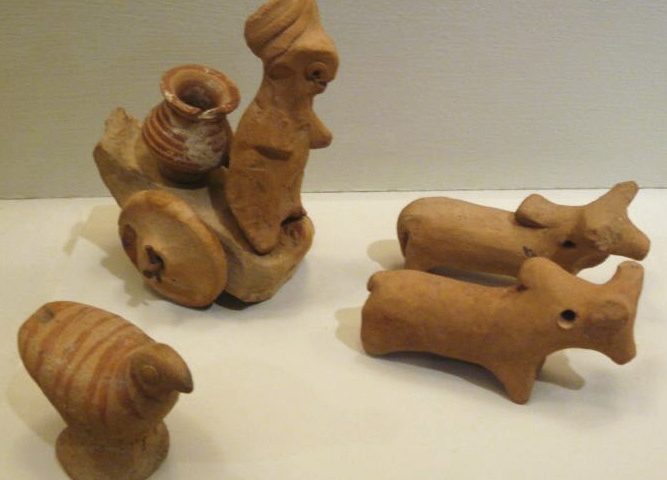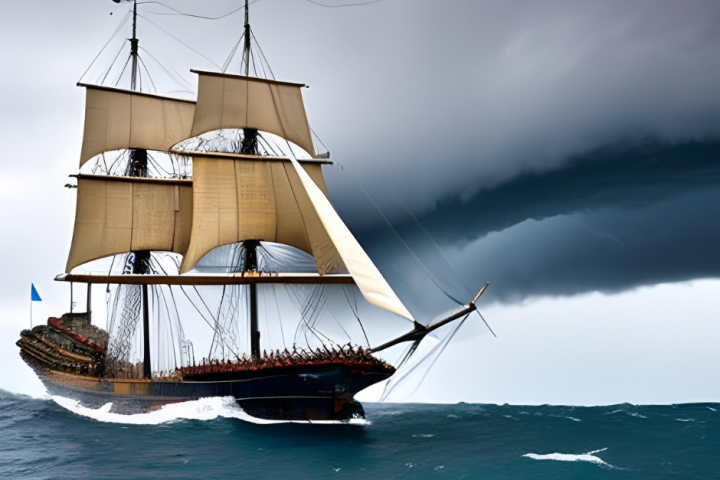The ancient Chinese culture and heritage have always grabbed the attention of the west, whether we talk about the great wall of China or the deeply-instilled roots of Buddhism, everyone admires ancient Chinese culture. But, do you know that China we see today, shows fragments of the administration from the bygone eras? In this article, we will take you back to the world of the most prosperous and flourished dynasty in China – The Tang Dynasty. The Tang Dynasty was ruled by many great emperors who not only introduced some of the greatest inventions but have become famous for their exceptional leadership.
We will be covering many aspects of this powerful dynasty and the key areas of its strengths in this post. So, what are you waiting for – dive deep with us into Chinese history.
Rise of the Tang dynasty
The Tang dynasty is believed to be the most powerful empire of all; it was famously called the Golden Age of Ancient China. The Tang dynasty successfully ruled from 618 – 907 AD, facing an interim change in the government by Wu Zetian who ruled as an empress for a short period of time i.e., from 690-705AD, and renamed the kingdom as Wu Zhao dynasty.
During the reign of The Tang Empire, ancient China witnessed many constructive changes, all of which contributed to making the nation thrive and develop into the victorious reign of all time. The Tang dynasty is said to be the force behind the evolution of Art & Culture, Literature, Economy, Trade & Affairs, etc. in ancient China. Its bits and pieces can still be found in present-day China. We will further look into all these aspects in detail in the later section. For now, let’s move on to the list of the emperor who ruled the Tang dynasty.
Great Emperor of the Tang dynasty
Emperor Gaozu of Tang – founder of The Tang Dynasty (618-626 AD)
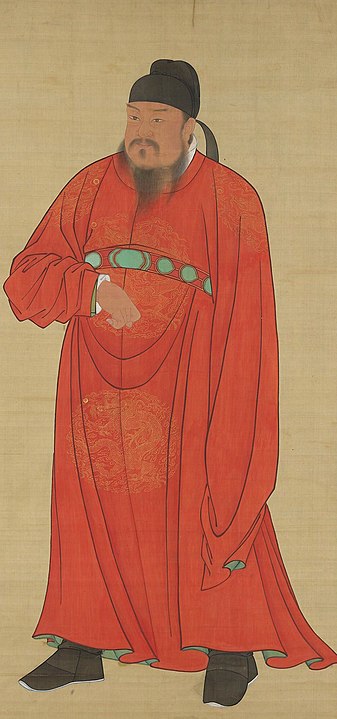
Emperor Gaozu also known as Li Yuan was born on 7 April 566 AD and died on 25 June 635 AD. The Tang Dynasty was established by Li Yuan, one of the important characters who took full advantage of the opportunity he saw during the disintegration of the Sui Dynasty in 617 AD. Li Yuan worked as a governor in the Sui dynasty and at the time of its fall decided to march on the capital city of Chang’an. After the assassination of the then emperor of the Sui Dynasty Yang, he deliberately made a child named Yang You, the king with the intention of ruling it from behind the curtains.
Soon, Li Yuan removed Yang You and took full control of the administration, economy, army, and capital city of Chang’an ultimately founding The Tang Dynasty. During his rule, he along with his sons tried to unify most of China. It was in 628 that the Tang dynasty successfully united China.
Emperor Gaozu inculcated many schemes and policies formed and administered during the rule of Emperor Wen of the Sui dynasty. He incorporated the equal distribution of land among his people and even lowered the taxes, completely reforming the judicial system of the Tang.
Li Shimin the second son of Li Yuan supported his father in all his ventures and was made the prince of Qin. In 626 Li Shimin, killed his brothers over a dispute which made the emperor Li Yuan doubt his motives and intentions, it scared him to such an extreme extent that he handed over the power and authority to his son, Li Shimin.
Reign of Emperor Taizong of Tang (626-649 AD)
Li Shimin honorably accoladed as the Emperor Taizong of Tang was the second emperor of The Tang dynasty was born on 28 January 598 and died on 10 July 649, he ruled from 626 to 649 AD. He removed his father and eventually became the emperor of the kingdom. He further worked upon the policies introduced during the reign of his father and took the Tang empire to the height of prosperity.
Though he killed his brothers, Li Shimin was well-known for wiping off the corruption from the judicial system and the roots of society. He introduced many strategies which further strengthened the core system of the Tang dynasty.
The rule of Taizong is said to be the greatest era in the Tang dynasty and is known as the “Reign of Zenghuan,” which has seen advancement in all areas of society and was later on considered the Golden Age of ancient China.
He made sure that his officers were loyal and followed the policies religiously keeping them above people. Taizong unified and captured most of the areas previously held by the Han dynasty and extended its border to parts of modern Korea, Vietnam, Russia, Mongolia, Xinjiang, and central Asia. He solidified the base of the army in order to defeat and conquer various regions.
He was believed to be a logical person, who rejected the idea of superstitions and made sure to make strategies based on scientific reasons.
Emperor Gaozong (649-683 AD)
Emperor Gaozong also known as Li Zhi was the successor of king Taizong and was the third emperor of the Tang dynasty. Although he is known for reforming and shaping the kingdom for the better it was his wife Wu Zetian who influenced most of his decisions. Due to his constant poor health, Gaozong in 665 AD delegated the power over the empire to his wife, who became the key person in the further expansion of the dynasty.
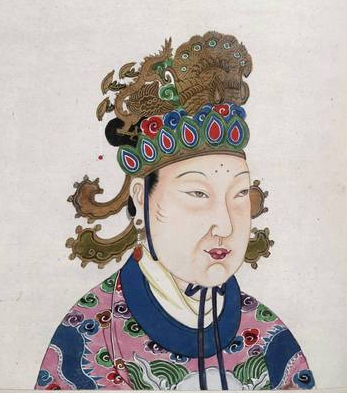
It is believed that his extreme faith and blind trust in his wife made him take such a drastic step. Though Wu Zetian helped in reforming various policies to restore the economy of the nation which saw a debacle because of constant wars, she made sure to bring back agriculture into the picture which others deviated from, furthermore, she worked to preserve the culture & heritage of the nation. She also reinstated peace by befriending neighboring countries to resolve economical issues.
After the death of emperor Gaozong in 683, Wu Zetian became the first female empress in Chinese history. She ruled as the Empress of the Wu Zhou dynasty from 690 to 705 AD and changed her name to Wu Zhou during the coronation. However, many historians see this time period as the interregnum of the Tang dynasty.
Emperor Zhongzong of Tang (656-710 AD)
Emperor Zhongzong also called Li Xian was born on 26 November 656 and died on 3 July 710. As an Emperor, he never had real power over the Empire and was wholly ruled by his mother and later on by his wife Empress Wei.
The Tang dynasty was ruled by many great emperors, however, it is not possible to discuss each everyone in detail, hence, we are listing down the names of a few of the emperors who ruled for a significant period of time till the fall of the Tang dynasty namely Emperor Ruizong who was believed to have ruled under the influence of his sister Princess Taiping, Emperor Xuanzong, Emperor Suzong, Emperor Daizong, Emperor Dezong, etc.
Why the Tang dynasty is so famous in Chinese history?
The Tang dynasty is largely seen as a success because of many reasons but mostly because of the powerful rulers. Under the rule of many leaders, the Tang dynasty successfully unified the whole of China by capturing back the regions lost by the previous Sui dynasty. It also focused on befriending the neighbors and strengthening the bond for the betterment of the economy.
The Tang dynasty is well-known for its strong government and administration which successfully reformed and shaped the society. Many historians believed that the policies made during the Tang dynasty worked as a foundation for future generations.
Let us take a look at some of the areas that flourished during the Tang kingdom.
Economy
The economy of any nation decides the days a ruling government will last as the government has to focus on some of the basic aspects of the livelihood. Government has to ensure that it can fulfill the needs of its citizens by providing them with necessary services and safety.
The Tang era witnessed an organized form of administration where the economy of the nation constantly prospered and flourished. It was possible because of the logical policies made and reformed over the course of time. The financial policies have undergone many changes after thoroughly studying the ones in the rule.
During the early period of the Tang dynasty, there was a decrease in agricultural production which negatively affected the economy of the nation. However, Emperor’s like Taizong made effective changes in the taxation policy and land distribution bringing about a positive change in the economy.
The ancient Tang dynasty focused on the betterment of the general public. Hence, it ensured that corruption shouldn’t pollute the mind of its officers by deciding a code of conduct for them. They believed in equal distribution of the land which will be beneficial for both the government and the peasants.
During the mid-Tang dynasty, the land from the large landholders was taken by the government and distributed among the peasants so that the peasants can pay off the taxes. When the person in charge of the land became old, then the land was redistributed to the peasants who can work or the peasants who have working children, this way land could be used again and again for production resulting in more income. Furthermore, this opened the door for more taxes for the government.
If you like reading this post please subscribe to our newsletter. We send very interesting and engaging blogs twice or thrice a week.
Trade routes
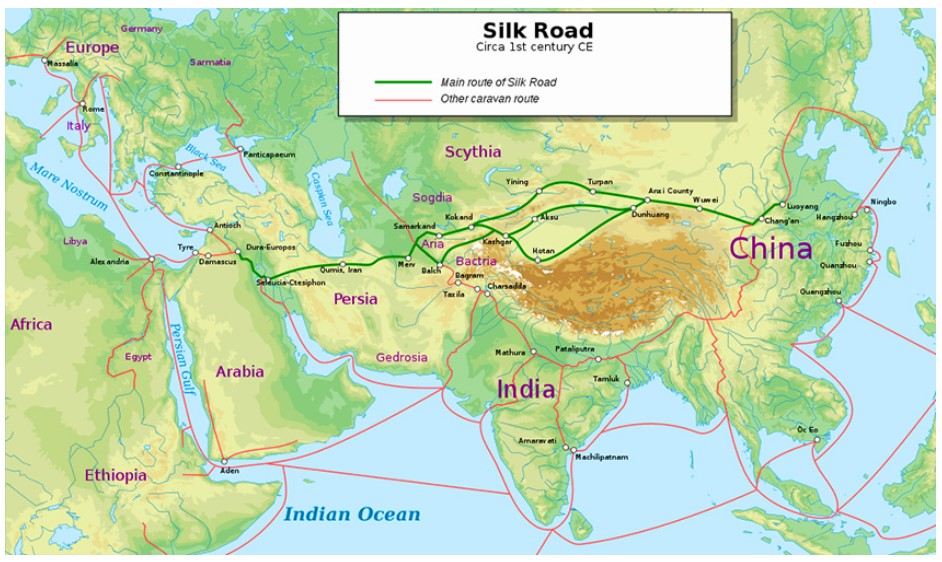
Let us shed some light on the trading route of the Tang dynasty. The Silk Road is considered to be the well-designed route for the trade practices that connected China with the west. This allowed the vital exchange of ideas, culture, luxury products, and other materialistic treasures. Raw silk, the silk brocades were exchanged for textiles, metalware, ceramics, etc. China also shared with the west the art of papermaking.
Trading took place through two prominent routes, the first one through the road and the other through the sea. Loads of caravans traveled through the Silk route carrying exotic products from different parts of the world. The exclusive trading affair took place with India, Indonesia, Korea, Japan, Byzantium, and Samarkand.
There were many ancient empires that were ready to trade with China, because of the Tang kingdom the exchange of goods and services took place in a corruption-free manner which attracted many traders. Over the course of time, people started adopting the culture and fashion of other countries. This could be seen in the paintings and sculptures made by Chinese artists during the Tang period. The emperors paid close attention to the trading routes and made sure to expand the roadways for smooth transportation.
Not only art & culture but animals were also being traded during this time, especially horses which were supplied by Turks. Horses were in high demand during the Tang empire as many battles and wars were fought during this time period. 50 million feet of silk was traded in exchange for horses which were primarily used by the Tang cavalry.
Apart from this, many pilgrimage journeys were taken by monks through the silk road. For example in 645 AD, Chinese monk Xuanzang (Hsuan-Tsang) traveled to India and carried back many Buddhist scriptures and teachings which he acquired over the period of 16 years. It is believed that he carried 700 Buddhist texts with him.
This started a tradition of traveling to other countries for pilgrimage and bringing back the valuable lessons and teachings that were followed there. The Silk routes eventually resulted in the exchange of tools and techniques that were new to China and later on became a part of Chinese culture.
You might like: Do you know that there are 30 million unmarried men in China?

Head to the link to find out the reason.
Arts & Culture
Arts & Culture prospered during this time, the Tang emperor focused on increasing awareness about its importance among the common public. The Tang period accomplished great achievements in literature, paintings, etc.
The Tang dynasty produced some of the greatest poets in the history of China. Poetry was a significant part of Chinese culture and was also an important factor in the civil services exams. Anybody who wanted to be in civil services must study poetry to pass the exam.
An attempt was made to collect all the poems produced during the Tang period, the Tang anthology resulted in 49,000 poems by 2200 poets. Some of the famous poets from this time are Wang Wei (699-761), Li Bai (701-762), and Du Fu (712 -770).
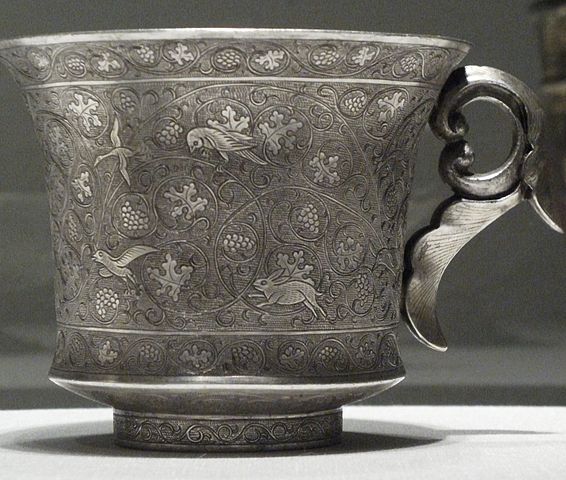
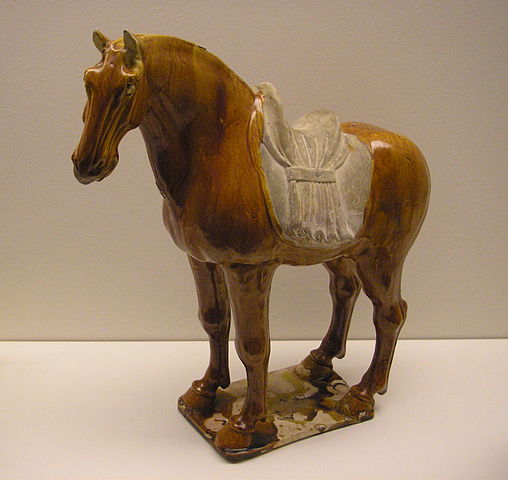
The silk road allowed the transfer of the arts and culture resulting in the adoption of foreign paintings and calligraphy along with the tools and techniques. The influence of western culture could be seen in the sculptures and paintings of the Tang period. Chinese artists copied the faces and body postures from foreign sculptures and incorporated them into their style.
Check out this link from ShenYun to learn more about the arts & culture of the Tang Dynasty.
Religion
Taoism
The Tang dynasty followed Taoism to the core and believed in living in peace and harmony. Taoism was said to be the official religion of the nation and the people followed it along with many ancient folk beliefs which they had about the gods and goddesses.
The Tang people were highly influenced by Taoism and believed in the concept of the afterlife. According to some of the folklore prevalent in the dynasty, people who had near-death experiences revealed the afterlife and said it is a parallel world. Hence, as per the funerary traditions, dead ones were provided with food, servants, clothes, and other important materials that they would require in the afterlife.
Buddhism
Later on, when the silk road made the pilgrimage journey possible for the monks, Buddhism started building its roots in ancient China. Monks who visited India came back with many Buddhist texts and scriptures which became the base for the foundation of Buddhism in the nation.
During the rule of Emperor Taizong, Buddhist memorial services were built for the casualties of the war in 628 AD, consequently in 629 AD Buddhist monasteries were erected at the war sites so that the monk could pray for the departed souls. Buddhist temples also served as hostels and schools and provided various services like education and medical care to the ones in need of it.
Christianity
The Tang court is also famous for officially recognizing religions from various countries. The Tang court acknowledged the Assyrian Church of the East also known as the Nestorian Christian Church.
However, by the end of the Tang dynasty, Confucianism became the prominent religion banning the others. Once known for its fair rule, the Tang slowly moved away from its values towards destruction. Buddhist monasteries and temples were shut down so that the monks and the common public couldn’t practice their belief and ultimately abandon it.
Food
The Tang people were known for their fine taste in food items and beverages. Due to the large size of the empire, there were wide varieties of local produce available for consumption. The Tang dynasty is also known for its cooking methods and techniques like boiling, deep-frying, stir-frying, roasting, and stewing. However, boiling was prominently used as it easily cooked the varied spices, vegetables, and meat.
The Tang people also used various techniques to preserve their food like salting, pickling, and fermenting. They consumed various grains like barley, soybeans, millet, etc. by either making flour out of it or wholly. They fermented soybean in soy sauce which was first produced by the Han dynasty.
While vegetables, grains, and fruits were commonly used by all standards of the class, what distinguished the common public from the Tang aristocrats was the meat. Some of the commonly consumed meat items are – pork, beef, mutton, pheasant, etc. But the lavish banquets were held for the elite class which had around 58 delicacies and lasted for about 5 days. The meat of elephants, marmots, monkeys, and ant eggs was consumed on special occasions. Turtle soup was considered a delicacy that was made by boiling turtles with vegetables and spices. Seafood was also consumed in large quantities like crabs, shrimps, pufferfish, oysters, and dozens of types of fish.
Coming to beverages, the Tang people were zealous tea drinkers. Tea was a popular drink during this time period and was made by adding various spices and herbs. Tea was also consumed as a medicinal drink for its calming effect. Apart from tea, flavored water like rain, spring, and mineral was commonly consumed in the Tang period. Whereas wine was usually imported from Asia to meet the nation’s requirements.
Clothing
During the Tang dynasty, people were very careful of their clothing. There was a dress code that needed to be worn on different occasions by the aristocratic class. As it was considered a matter of etiquette and therefore, required to be followed as per the laws. The common people wore baggy pants topped by long tunics whereas, the aristocratic class of men wore silk robes with long sleeves and women wore long evening gowns with flower embellished on it.
During this time period, keeping long hair was a common trend followed by both men and women. Men made buns of their hair whereas women experimented with various hairstyles like braids, spirals, and piles.
Let us now talk about the popular inventions of the Tang dynasty
The Tang dynasty is famous for many reasons, one of which is the inventions that came to the limelight during this time period. The advancement in technology and techniques thrived during this time.
Woodlock printing
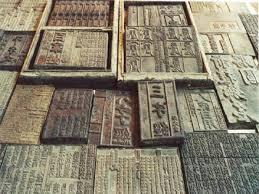
During the reign of the Tang dynasty, rulers believed in the importance of education, hence woodblock printing was invented to increase the literacy rate among the general population. Earlier, texts about agriculture, medicine, and information on calligraphy were printed but by 762 AD, books were printed which were commercially sold in Chang’an.
The first full-length was printed in 868 named Diamond Sutra which was based on Buddhism. These woodblocks were moveable types, hence played a significant role in educating the public. By the end of the dynasty, the Tang people mastered the art of paper making and paper printing became famous.
Gunpowder
Another important invention that took the world by surprise was the invention of gunpowder. However, gunpowder wasn’t used for defense during battles but was used for fireworks. Tang people believed that gunpowder would scare off the evil spirit. There were many other inventions that peaked during this time like porcelain which is a type of ceramic. The Tang people also perfected map-making, clock-making, and the production of different kinds of medicines.
Fun Facts
- Do you know that toilet paper was invented during the Tang dynasty, an Arab traveler while traveling to ancient china commented on the Tang people – “they do not wash with water when they have done their necessities, but they only wipe themselves with paper.”
- The capital city of Chang’an was the largest city in the world at the time.
- A census taken by the government in 609 showed that there were around 50 million people living in China.
Fall of the Tang dynasty
After being ruled by many great emperors, the Tang dynasty lost itself in the hands of the Later Liang dynasty. The debacle of this immense empire was the result of a continuous rebellion during the reign of the last three emperors. Slowly the Tang lost its control over the western areas which further resulted in civil wars and protests by the common public against the government.
An Lushan who was a general in the Tang dynasty rebelled against the government by instigating people against it. The mass rebellion, smuggling, and economic turbulence, all contributed to the fall of this mighty kingdom. Eventually, Zhu Wen, a salt smuggler with his cleverness made his way into the elite class of the Tang dynasty. He, later on, removed Emperor Ai by killing him with poison and establishing the Later Liang.
The Tang dynasty became the most powerful kingdom in Chinese history solely because of the vision of the great rulers. The various tactics made during this time period served as an example for the upcoming dynasties.
The Tang emperors not only were efficient warriors but were intelligent policymakers too. They experimented with the strategies and revised them as per the results. They made immense contributions to the upliftment of the cultural value of China by inventing various things. We believe that through this article you got an insight into Chinese history and why the Tang dynasty was known as the Golden Age of Ancient China.
